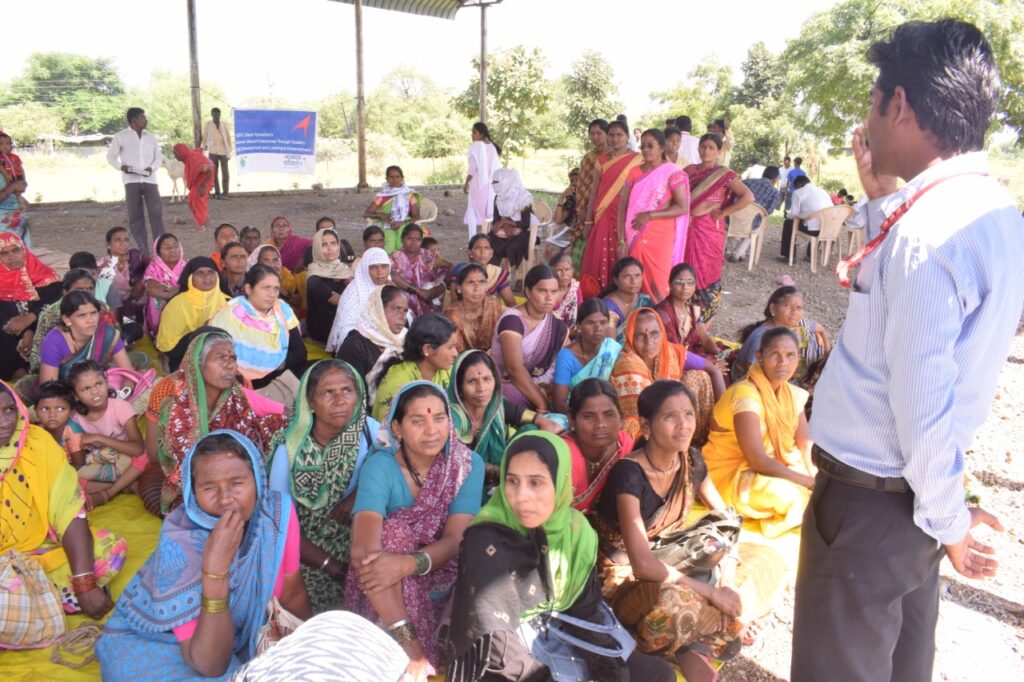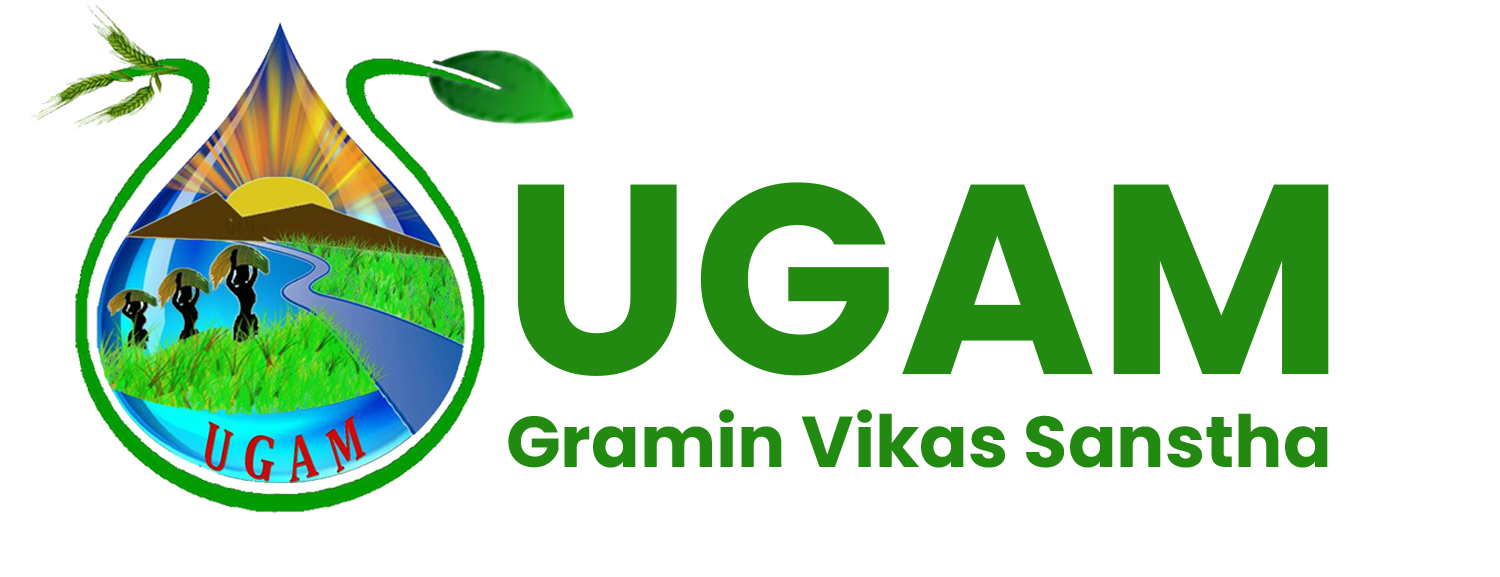The project aims to supports 1400 new sanitation units in Hingoli District. Project will support promotion of Total Sanitation Campaign in the rural areas to promote safe sanitation and eradicate the practice of open defecation. HFH India will support UGAM with part funding of resources and with the remaining funds from Government, Local Gram Panchayat and Home Owners, UGAM will support 500 families to build as many independent toilet units. Project this will promote environmental health, sanitation and hygiene in the villages.

Dove Model

This population selected is the target group of UGAM GRAMIN VIKAS SANSTHA for provide revolving fund. These people are engaged in the activities like farm labour, petty shops, vegetable vending, bamboo work, etc. They have income ranging from Rs.6000 to Rs.10,000 per month. The project envisages construction of 500 Sanitation units of about 12 sq ft area toilet.
Ugam will seek technical support, Capacity building, monitoring and evaluation from HFH India and will provide technical assistance in making acceptable and preferred toilet designs.
Achieved Outcome/Impact
- Total sanitary units 1400 in 25 villages
- Total home repairs are 100 in 5 villages
- Total sanitary units is 5 in five villages

MSACS- Target Intervention (FSW)
Targeted interventions are a resource-effective way to implement HIV prevention and care programmes in settings with low-level and concentrated HIV epidemics. They are also a cost
effective method of reaching people who are most at risk in more generalized epidemics. Targeted interventions are aimed at offering prevention and care services to high-risk populations (Female Sex Workers FSW, Male having Sex with Male- MSM and Injecting Drug Users- IDUs) within communities by providing them with the information, means and skills they need to minimize HIV transmission and improving their access to care, support and treatment services. The programme also improves sexual and reproductive health (SRH) among these populations and improve general health by helping them reduce the harm associated with behaviour such as sex work and injecting drug use. Along with-it various awareness generation program were implemented in the community. In many settings, it optimizes the use of resources by focusing on the environments and populations in which the risk of HIV infection is the greatest. The project reached to 11674.
Targeted interventions focused on following things
1. It was for people within the community who are most at risk of HIV and STI infection.
2. They are targeted to behaviour and practices, and not the identity.
3. It involve them and their issues within the broader frame work of interventions.
4. They are adapted to be culturally and socially appropriate to the target audience.
5. Focus on limited resources and where they can be used to the best benefit
6. It acknowledge that barriers to accessing health-care services exist for some populations within communities.
7. It acknowledge that people who are at risk of HIV infection are often marginalized from the broader community, stigmatized and discriminated against.


In the proposed project villages, it has been found that drinking water is being provided through common points of tap to the community, the water source is not clean as per the specification and rules described by the government policy, secondly it is also found that the water availability is not sufficient as per the requirement. Apart from this, livestock plays an important role in economy of rural households, hence having healthy animals can have potential to give good return but it is observed that due to lack of availability and ineffective services by the government machinery is posing great threat to the livestock leading to huge shock to the household. In order to tackle the issue interventions have been devised such as Promotion of Clean water, organization of Animal Health Camps.
Promotion of Dairy Animal’s Health
One camp in every village to be organized where animal of marginal communities be treated on priority basis, in the camp animals, this intervention will promote animal health so as to earn sustainable income.
Promotion of Clean Water
Considering water is an important component for human life, a RO plant to be installed after a strong collaboration with community, where it is expected that this will provide clean and potable water to households on priority to reduce the risk of health hazard.
Financial literacy and inclusion
Financial Literacy plays important role in rolling households in formal, government is also executing various activities to promote financial literacy, and financial inclusion to bring more and more households in formal banking sector along with other relevant benefits. In proposed villages it is found that SHG groups have been functional but not progressed towards financial inclusion.

Financial Inclusion and digital literacy
This intervention has more focus on demonstration of various avenues of online transaction, bank linkages and adoption of various social security schemes.




